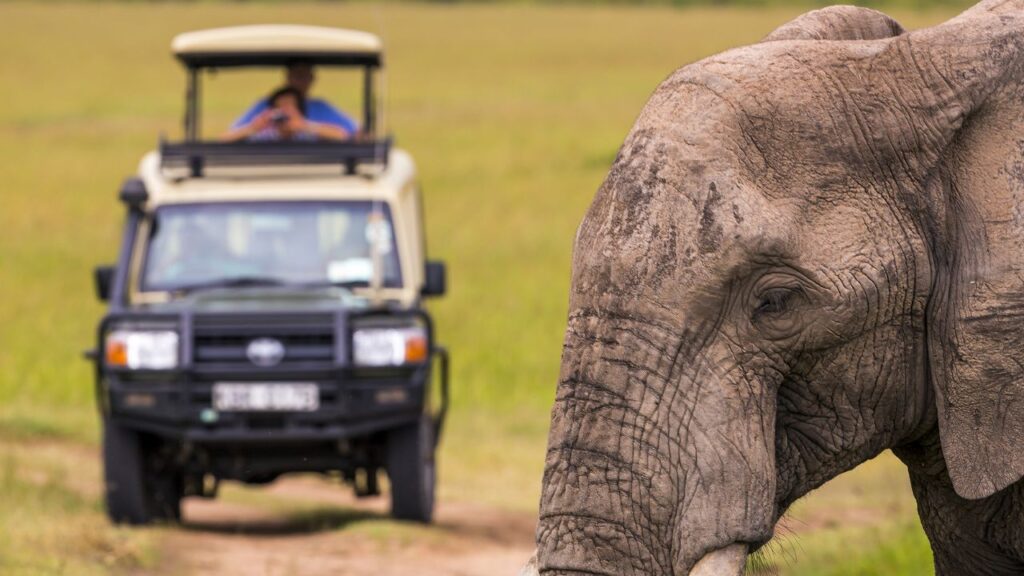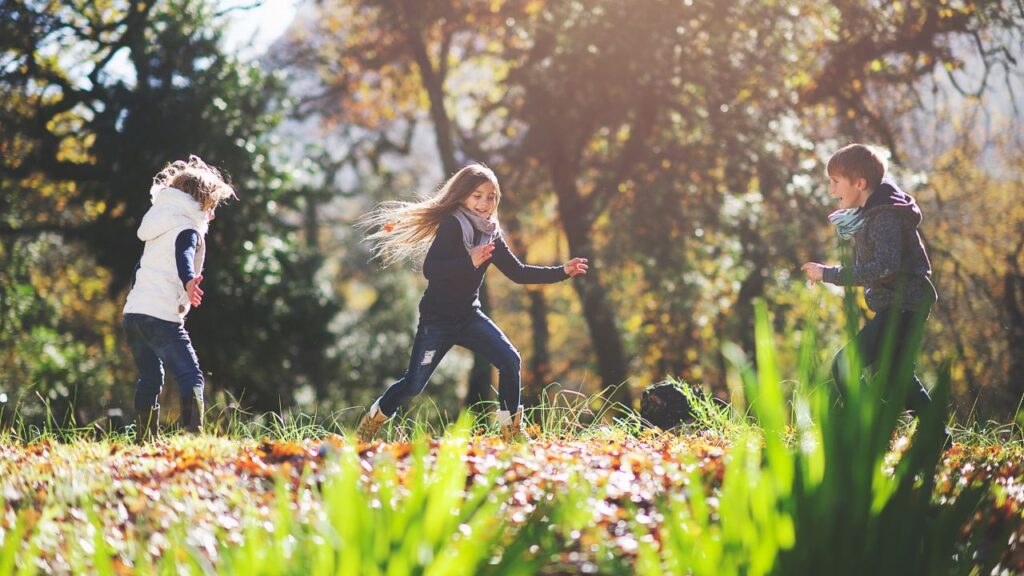Welcome to a world of outdoor adventure and learning! Forest schools offer a unique opportunity for children to connect with nature, learn valuable skills, and cultivate a love for the outdoors. In this article, we’ll delve into 11 captivating forest school activities that promise endless fun and exploration in the natural world.
1. Nature Scavenger Hunt
Engage children’s curiosity by organizing a nature scavenger hunt. Create a list of items like leaves, feathers, pinecones, and animal tracks for them to find. Encourage teamwork, observation skills, and appreciation for the diversity of nature.

2. Wildlife Watching and Identification
Set up bird feeders or create observation spots to watch wildlife. Provide guidebooks or apps for children to identify birds, insects, and plants they encounter. Foster a sense of wonder and respect for the creatures that inhabit the forest.
3. Tree and Plant Identification Walk
Take a leisurely walk through the forest, teaching children to identify different trees and plants. Discuss their characteristics, uses, and importance in the ecosystem. Encourage hands-on exploration by touching leaves, smelling flowers, and examining bark textures.
4. Nature Art and Crafts
Spark creativity with nature-inspired art and crafts activities. Collect natural materials like twigs, stones, and flowers to create sculptures, mandalas, or nature-themed paintings. Encourage self-expression and an appreciation for the beauty of natural elements.

5. Outdoor Storytelling Circle
Create a cozy storytelling circle amidst trees or around a campfire. Encourage children to share stories inspired by nature, folklore, or their own outdoor adventures. Enhance listening skills, imagination, and a sense of community bonding.
6. Survival Skills Workshop
Teach basic survival skills such as shelter building, fire starting, and knot tying in a safe and supervised environment. Emphasize the importance of resourcefulness, problem-solving, and respect for nature’s resources.
7. Nature Journaling and Reflection
Provide children with nature journals to document their observations, thoughts, and feelings during outdoor activities. Encourage reflection on their experiences, connections with nature, and moments of wonder and discovery.
8. Sensory Nature Walk
Lead a sensory exploration walk where children use their senses to connect with nature deeply. Encourage them to touch different textures, listen to nature’s sounds, smell wildflowers, taste edible plants (only if safe and identified by an expert), and observe with keen eyesight.
9. Outdoor Cooking and Foraging
Organize outdoor cooking sessions where children learn to cook simple meals using foraged ingredients like berries, wild herbs, or vegetables from a garden. Teach safety precautions, sustainable foraging practices, and appreciation for fresh, natural flavors.

10. Forest Games and Team Building
Plan fun forest games like capture the flag, nature bingo, or obstacle courses that promote teamwork, physical activity, and strategic thinking. Encourage fair play, cooperation, and a spirit of friendly competition in the natural environment.
11. Nature Conservation Project
Engage children in a meaningful conservation project such as planting trees, creating wildlife habitats, or cleaning up litter in the forest. Instill a sense of responsibility, environmental stewardship, and the power of collective action in preserving nature’s beauty.
Conclusion:
Forest school activities offer a holistic approach to learning and play, fostering a deep connection with nature while developing essential life skills. By integrating these 11 outdoor fun activities into forest school curriculums, educators can inspire a lifelong love for the natural world in children, nurturing future generations of environmentally conscious and nature-loving individuals. Let the forest be our classroom, playground, and source of endless wonder and discovery!











